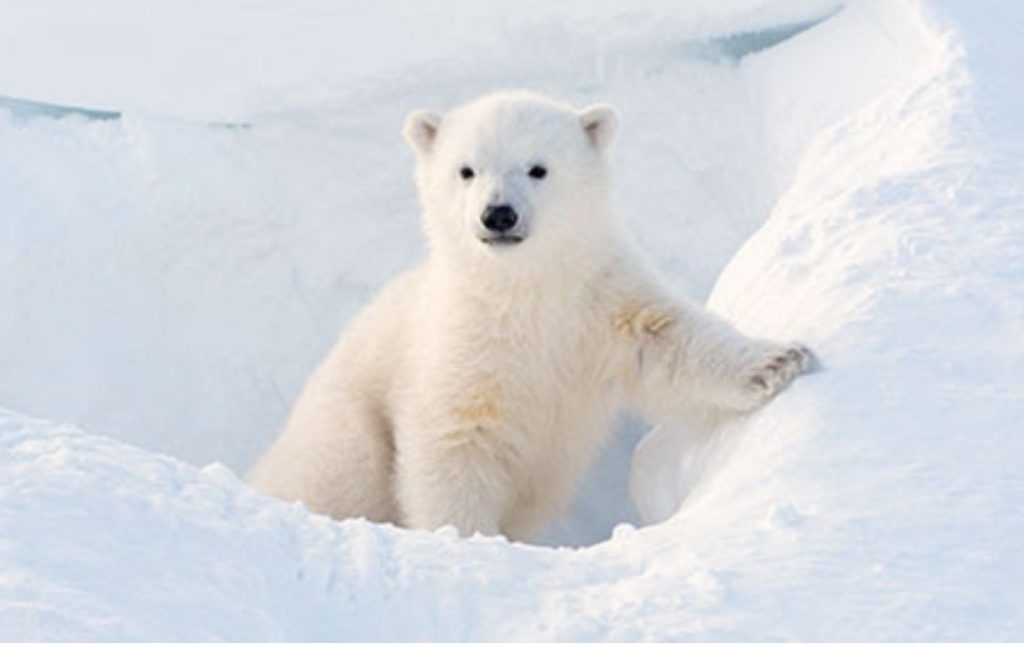
When you think of Arctic animals, the first creature that probably comes to mind is the powerful polar bear. These bears are the largest land carnivores (they can weigh up to 800 kg!) and they’re built for life in the cold. Did you know 60% of all the polar bears in the world call Canada home? That’s why it’s important that we protect them.
One of the biggest challenges facing polar bears is climate change. It’s causing the Arctic zone to warm two to three times faster than the global average. In fact, in the Southern Hudson Bay, the number of ice-covered days is decreasing by 6.8 days per decade. Polar bears need sea ice in order to hunt for seals, their main source of food. As the ice melts, hunting becomes more difficult for these big bears, who are then forced to migrate on shore when the it melts completely each summer. Without access to the marine mammal prey that make up most of their diet, polar bears on shore are forced to fast and rely on stored fat for energy. Climate warming has also affected the availability of denning habitat for polar bear moms to have their babies. That’s why it’s essential that we work to better understand and predict what the potential effects of climate change on polar bears will be, so we can develop good strategies for their conservation.
Kids who sign up to be Earth Rangers do so because they care about animals and the environment. Your adoption will help support York University researcher Tyler Ross as he works to better understand the influence of climate change on one of the Arctic’s most treasured animals. When you adopt a polar bear, you will help Tyler’s team to fit 25 polar bears with GPS radiocollars. Data from these collars will allow Tyler to determine polar bear movements and behaviours, providing crucial information on the degree to which a warming climate is affecting the bears’ migratory patterns, foraging success, and maternity denning behaviour. Results of this research will help to inform conservation activities in Ontario’s Northern Boreal Forest and along the Hudson Bay coast, providing models for land-use planning to mitigate impacts on polar bears and their critical habitat, as well as providing important information on the effects of climate change on the timing and distribution of polar bear denning.
Today’s Eco-Actvity: Polar Word Puzzle!
Looking for a fun activity while at home in ice-olation? Hopefully you don’t get brain freeze while working through this polar puzzle! We’ll give you a moment to get your bearings before getting started on this coooool crossword. Brrrrrrrr-ing the cubs to the couch and cozy up while you work through the clues. The letters highlighted in the puzzle will unscramble to form a word – redeem this code for 10 points in the app!
We’re PAWSitive that you’ll be able to guess them all and celebrate with a round of bear hugs!
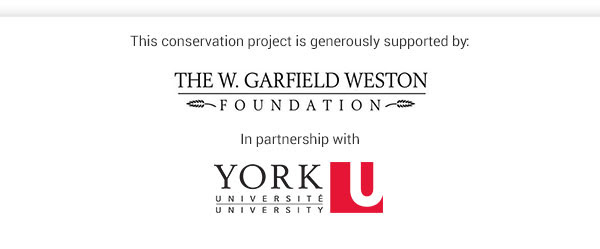
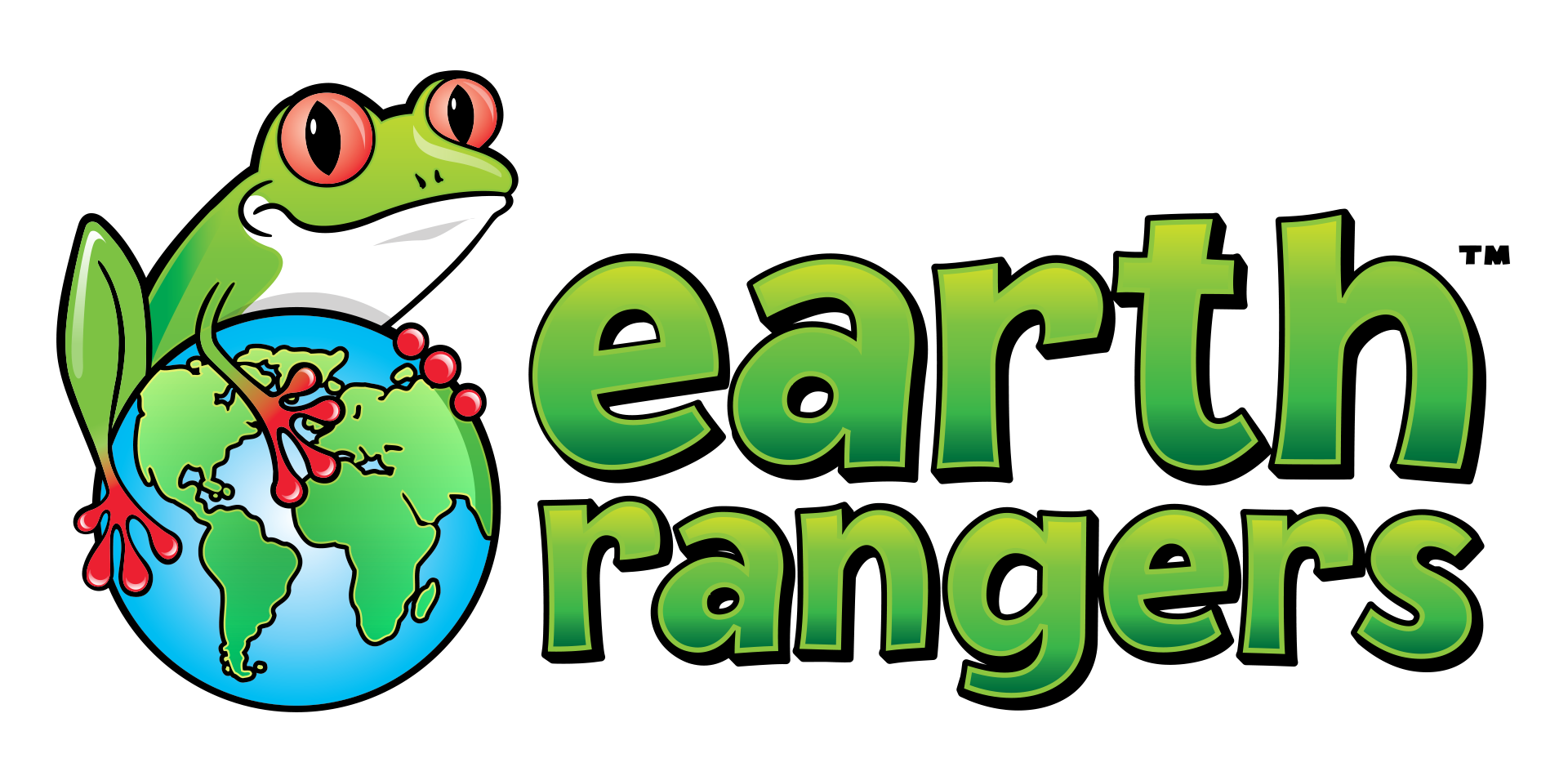
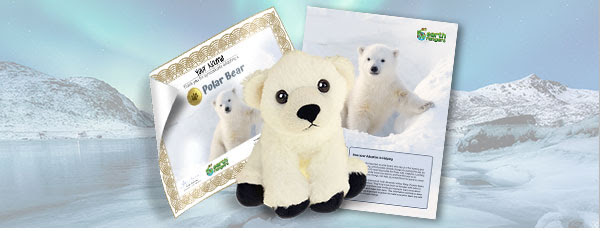
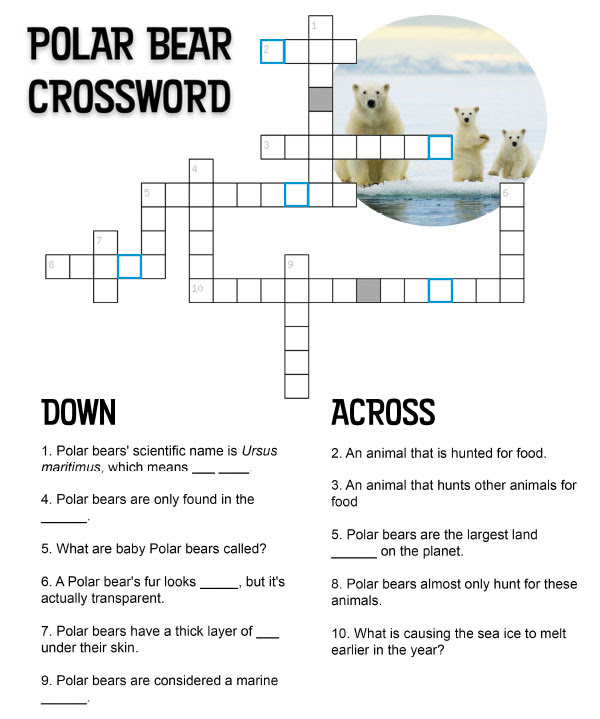


Code is not working for me again and do the gray squares count as highlighted?
Polar bear babies are called cubs but that doesn’t fit!!!! I’m sooo stuck!
Same thing happened to me. 🙁
Cute little
bear
I didn’t really know polar bears till I tried this!
The code worked fine for me. Also before this I had no idea what the scientific name for polar bear even was!
cool